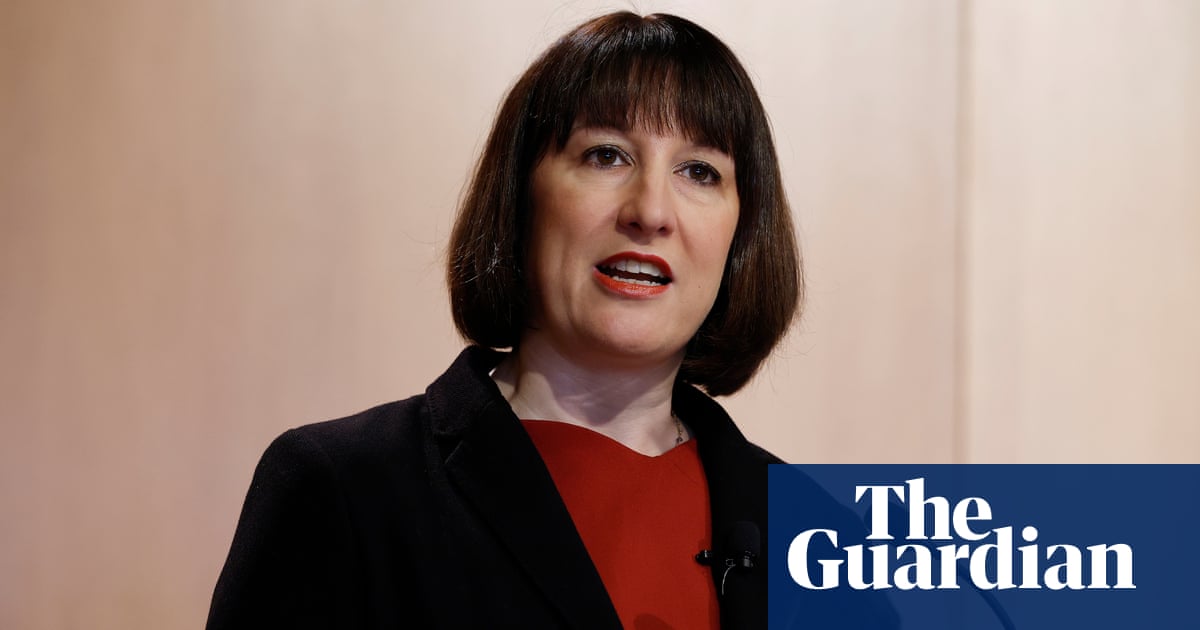
Rachel Reeves has unveiled a series of spending cuts, with the prospect of tax rises to come in the autumn, after telling MPs about what she called £22bn in unfunded spending commitments for this financial year due to Conservative fiscal neglect. Here is what she and her Treasury have set out.
How do the sums add up?
The official Treasury table for the shortfall is slightly complex and is made up of two main sections: £35.3bn of what is called “total departmental gross pressure” – ie the presumed overspend for the 2024-25 financial year – minus £16.3bn of presumed reserves and underspending, with another £2.9bn then added for assumed shortfalls already calculated by the Office for Budget Responsibility. This gets to £21.9bn, rounded up by Reeves to £22bn.
The £35.3bn total excess comes from: agreeing to public sector pay awards (£9.4bn); “overhang” from earlier pay awards (£2.2bn); extra health spending beyond pay (£1.5bn); asylum and migration overspending (£6.4bn); various “new policy commitments” (£2.6bn); extra costs on rail (£2.9bn); unfunded support for Ukraine (£1.7bn); and what is called “normal reserve claims” – unforeseen spending and adjustments – totalling £8.6bn.
Of the less technical elements, the main ones are:
Public sector pay
Reeves announced that ministers would accept the recommendations of pay review bodies for a series of public sector workers, which are largely about 5%, and so above inflation. There has also been agreement to try to end a dispute with junior doctors in England by giving them a 22.3% pay rise over two years. While Reeves argued that there was an economic cost of not meeting pay claims, as Jeremy Hunt pointed out for the Conservatives, this was a choice.
Asylum
Reeves said this overspending was in part the extra costs of the Tories’ Rwanda deportation scheme, and the money spent accommodating asylum seekers whose cases were not being processed as they remained in limbo pending the presumed start of flights to Rwanda. Much of this does appear to be a genuine surprise.
Rail
The £2.9bn unaccounted extra cost came about, Reeves told MPs, because Conservative ministers “handed out cash to rail companies” to make up for lower passenger numbers and thus lower revenues due to Covid, and did not properly budget for this.
What are the spending cuts?
These are an interim solution. The same Treasury document that set out the apparent overspending said the savings thus far identified would be £5.5bn for the 2024-25 financial year, rising to £8.1bn in 2025-26.
In the 30 October budget, there will be as yet unknown decisions on tax and on spending, including on areas such as social security. There will also be reviews of a series of road projects and the Conservatives’ promised 40 new hospitals, with cuts to these being announced later.
Of the savings announced so far, this is what the Treasury has confirmed:
Departmental cuts
Totalling £3.1bn in both financial years, this will include a 2% cut to administration budgets, plus cuts to spending on consultants and communications.
Winter fuel payments
Saving £1.4bn this year and £1.5bn next year, this will mean the payment for pensioners will no longer be universal and will only be paid to people in receipt of pension credit or other means-tested benefits. The payments already vary in amount depending on age and income. Now those eligible will get £200, rising to £300 if one household member is aged over 80.
Asylum and Rwanda
As explained above – in scrapping the deportation scheme and beginning again to process asylum claims, the hope is to save £800m this year and £1.4bn next year.
Scrap plans for social care cap
Under the plan, originally due to begin in autumn 2023 but then delayed by two years, people in England would never have to spend more than £86,000 on their personal care over their lifetime. This will now not happen, saving just £30m this year but £1.1bn the next year.
Road scheme cancellations
Two road schemes have definitely been scrapped – a planned two-mile tunnel for the A303 under Stonehenge, and work on the A27, including a Chichester bypass. This, as well as not reopening old rail lines under the Restoring Your Railway programme, will save nothing this year but nearly £800m next.
Qualifications and investment
There are also two smaller savings: a £185m saving next year by not going ahead with Rishi Sunak’s plan for the Advanced British Standard, a replacement for A-levels; and £120m over the two years by cancelling the freeports-focused Investment Opportunity Fund.
What is the longer-term plan?
Growing the economy
Reeves will argue that the number one priority will be growing the economy to help finance public spending. Earlier this month the chancellor published Treasury analysis suggesting that £58bn in additional tax revenue could have been brought in last year if the UK economy had grown at the average rate of other OECD nations over the past 13 years.
Growth has been stronger than anticipated so far this year, which could help to open up some additional headroom for spending. However, securing consistently stronger rates of growth will be challenging. Some economists warn cutting back on growth-enhancing infrastructure projects will make it even tougher.
Tax rises?
Labour hemmed itself in ahead of the general election by promising not to raise income tax, national insurance or VAT, which make up the bulk of revenue for the Treasury. Corporation tax is also off limits.
However, the party quietly explored options around raising taxes on wealth, including on capital gains, inheritances and pensions. Reeves could argue this falls outside her manifesto promise not to hit “working people” with higher tax bills.
The Resolution Foundation thinktank estimated on Sunday that reforms to capital gains and inheritance taxes could collectively raise almost £10bn. The former Bank of England economist Michael Saunders has estimated up to £25bn could be raised from more extensive reforms.
In her statement to the Commons, Reeves heralded potential tax rises in the October budget, saying this would involve “difficult decisions to meet our fiscal rules across spending, welfare and tax”.
Borrowing?
The chancellor has clung tightly to the same fiscal rules set by her Conservative predecessor, Jeremy Hunt, which require the national debt to be falling as a share of GDP in the fifth year of forecasts.
However, she could move the goalposts. A small technical change floated by City economists includes a change to the way losses to the Treasury on the Bank of England’s quantitative easing programme are accounted for, which could open up about £20bn of headroom.
Reeves has, though, sought to maintain an image as an “iron chancellor” who will balance the books, drawing a contrast with Liz Truss after the September 2022 mini-budget triggered a meltdown in financial markets.
But growing numbers of top economists – including the former Bank of England chief economist Andy Haldane – have argued for more fundamental reform. Reeves could say there is a need to redraw the rules to increase borrowing to finance the repair of the public realm, which could pave the way for stronger economic growth in future.












